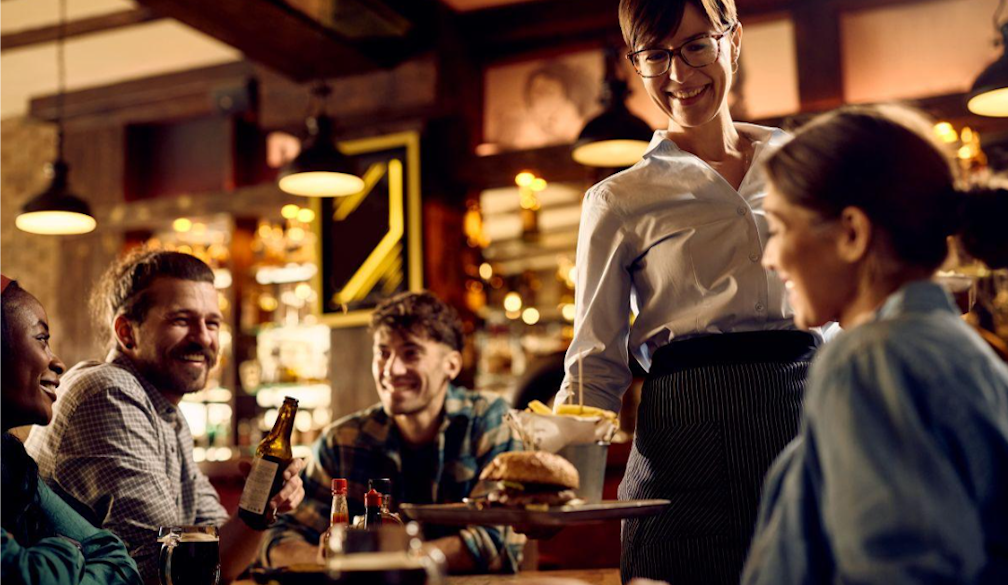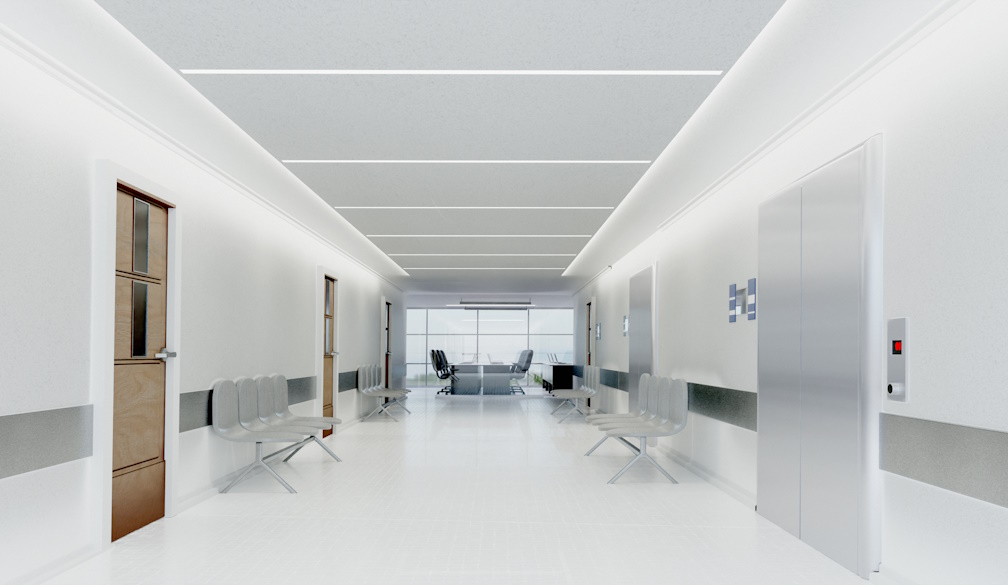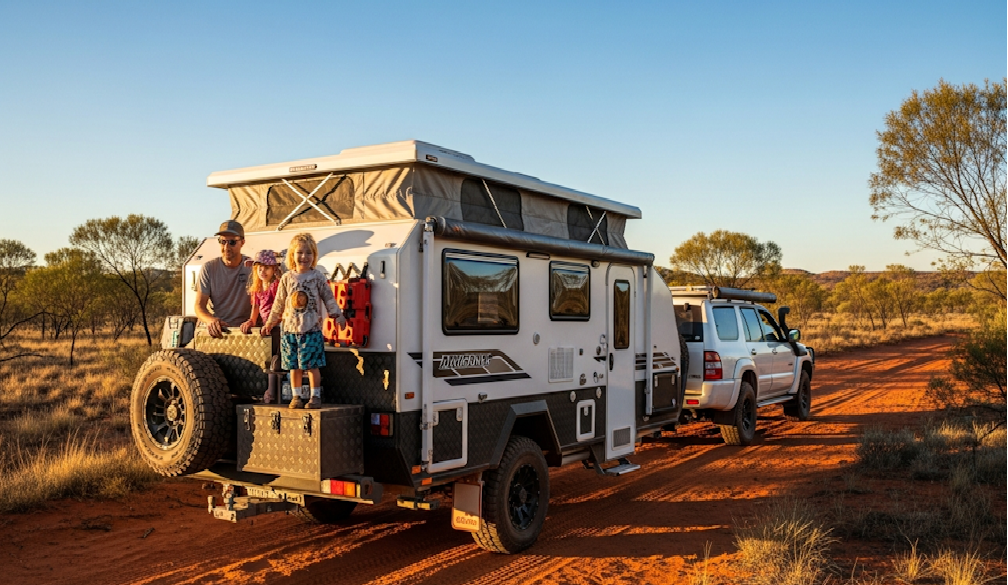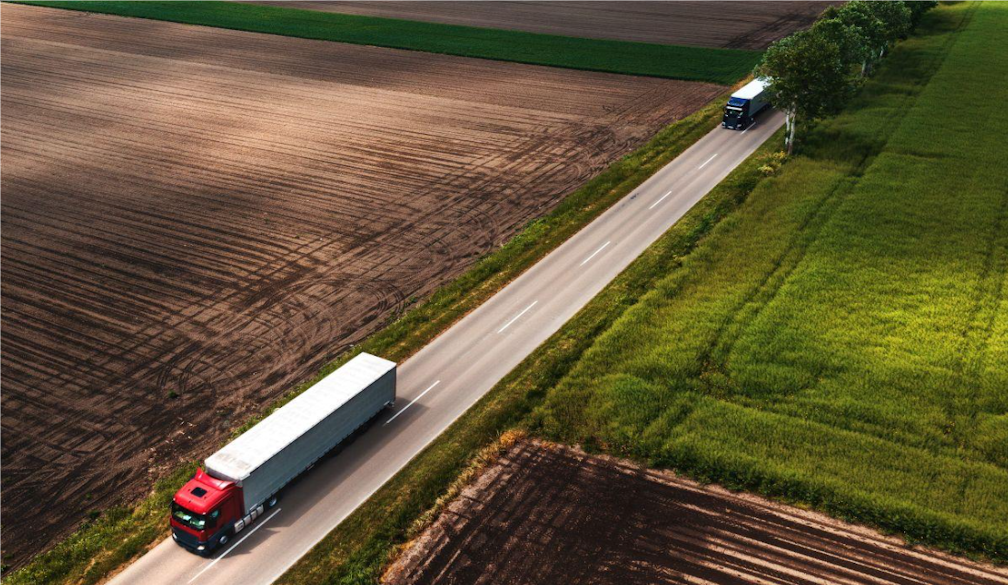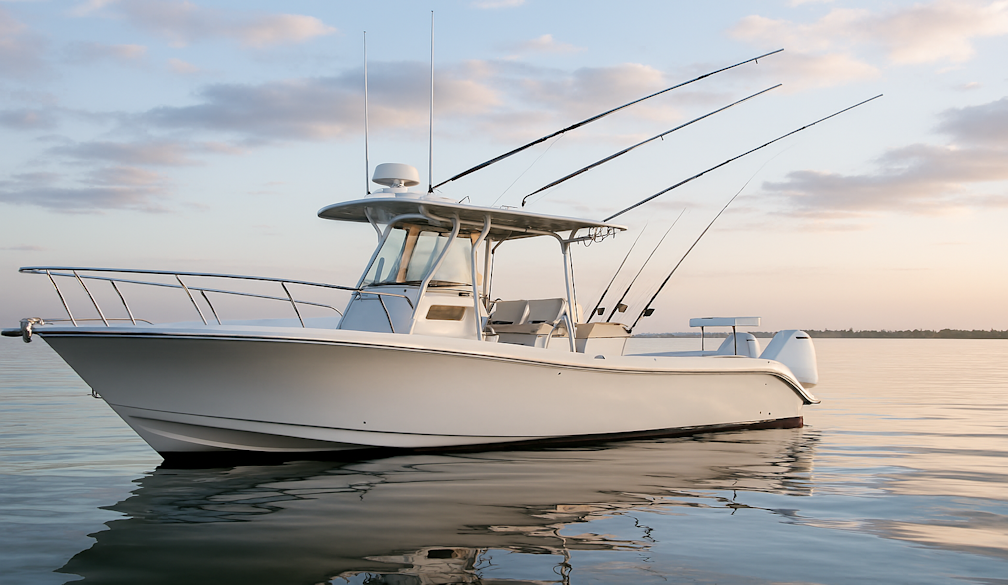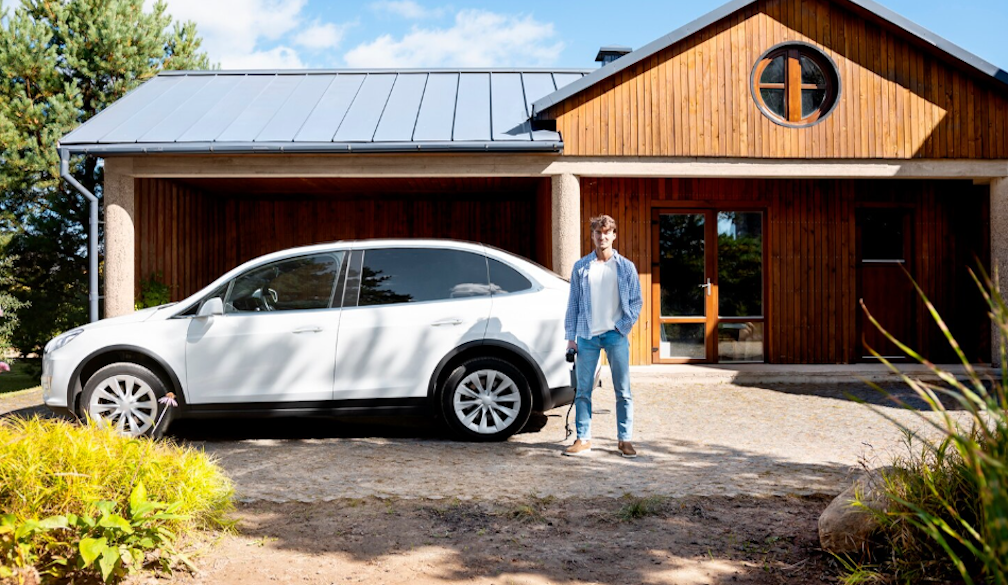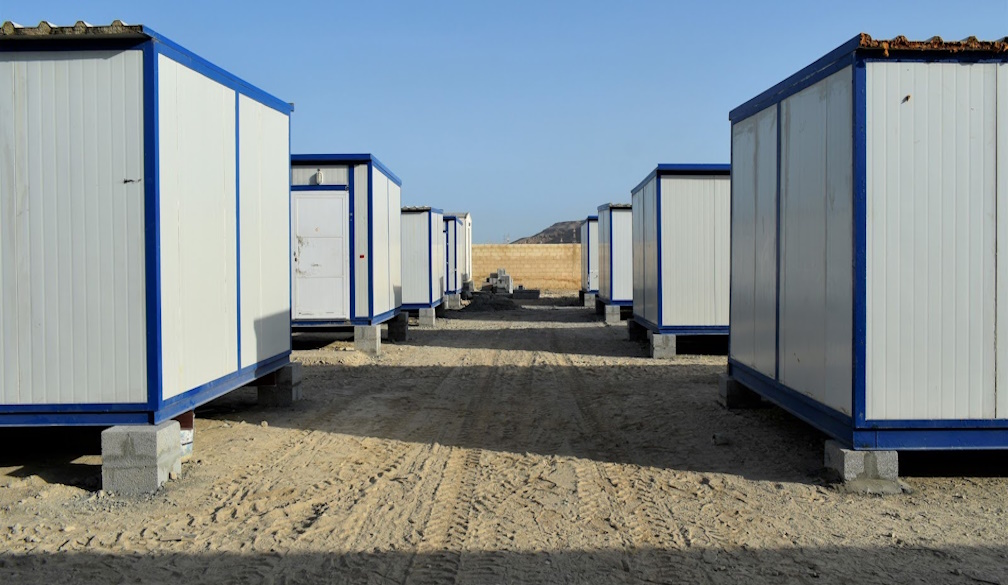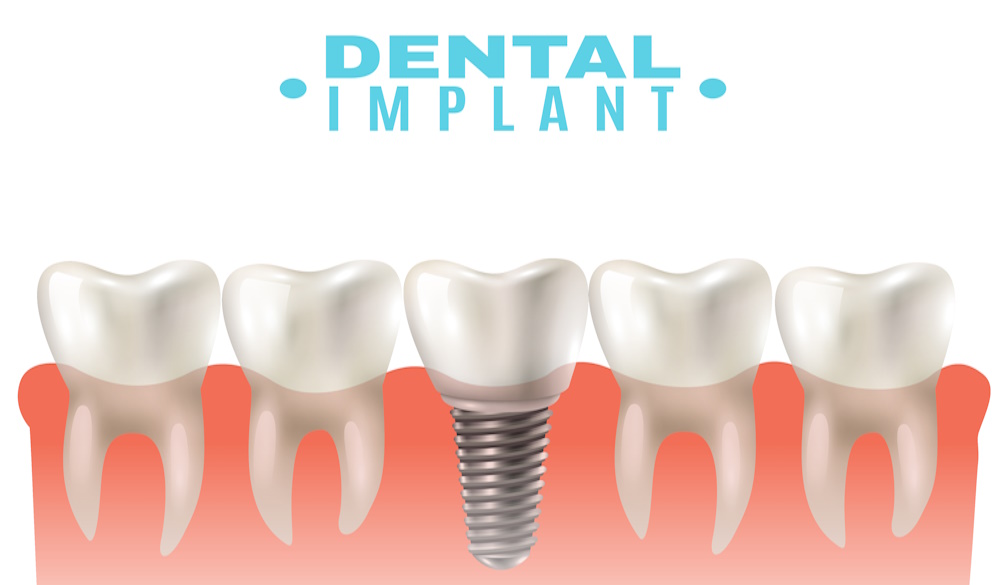Choosing the Right Timber for External Cladding
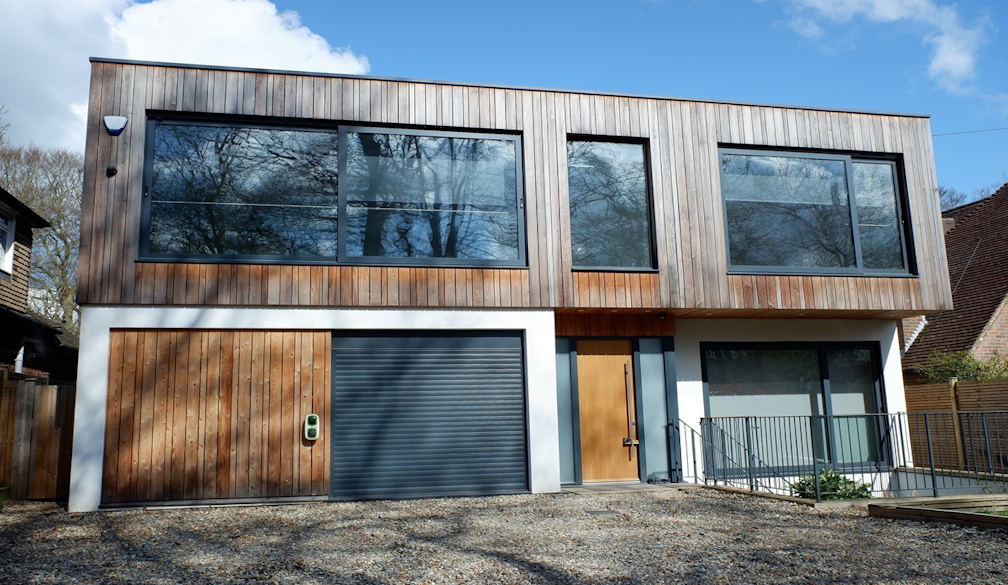
Timber cladding is one of those finishes that pulls double duty: it makes a building look warm and welcoming, and it quietly shields the frame from Australia’s wild mix of sun, salt and bushfire risk. The catch? Not every board can cope with every postcode. Pick the wrong species and you’ll be sanding, sealing or replacing far sooner than you’d like.
This guide is here to help you dodge that headache. You’ll see why certain hardwoods shrug off sparks, how charred boards laugh at rain, and where thermally modified pine earns its keep by the coast. By the end you’ll know which timber suits your climate, your design vision and your maintenance budget, so you can get on with enjoying the view, not patching the facade.
Benefits of Using Timber Cladding
Timber delivers more than good looks. Here are some of the most promising reasons in a nutshell, describing why external timber cladding stands out as an ideal choice for many construction and remodelling projects:
Sustainability: Responsibly sourced boards sequester carbon throughout their life, keeping embodied emissions low compared with masonry or metal facades.
Thermal comfort: Wood’s cellular structure offers a naturally high R-value, helping keep interiors cooler in summer and warmer in winter.
Design versatility: Whether you favour a sleek shiplap or expressive board-and-batten, timber can be milled to almost any profile without intensive retooling.
Ease of repair: Individual boards are simple to replace, extending service life and reducing whole-of-building maintenance costs.
Graceful ageing: This is what makes timber cladding a popular option among discerning home enthusiasts. A well-detailed timber skin develops a gentle silver or deepened tone rather than flaking, so wear becomes a striking design feature rather than a defect. It creates a character, a charisma that definitely leaves a lasting impact.
These qualities have kept timber cladding on architects’ shortlists even as composite alternatives proliferate.
Top 5 External Timber Cladding Options
Across the range of timber cladding options one can get, these are the top options loved by Aussie homeowners:
Spotted Gum
Naturally dense and interlocked, spotted gum earns a BAL-29 rating without chemical impregnation. Its variegated greys and browns give facades a subtly mottled depth that suits both contemporary and rural settings. Expect minimal surface checking and excellent resistance to impact wear.
Blackbutt
Straight-grained, honey-coloured and equally BAL-29 compliant, blackbutt machines cleanly into wide, secret-fixed boards, ideal when you want crisp shadow lines with low oil bleeding. Its stability shortens acclimatisation times, saving you days on site.
Western Red Cedar
Favoured for retrofits and lightweight framing, western red cedar’s low density reduces structural loading while its natural oils deter insects and decay. Leave it to weather to a silver grey or lock in the warm reddish hue with a breathable, UV-blocking finish.
Shou Sugi Ban (Charred Burnt Ash)
Inspired by the Japanese yakisugi method, the outer layer is carbonised, forming a hard shell that resists rot, pests and surface flame, while delivering a striking, low-gloss black. Mortlock chars stable Burnt Ash, jarrah and other species to create boards that meet BAL-29 when detailed correctly.
Vacoa (Thermally Modified Nordic Pine)
Vacoa undergoes a non-toxic heat-and-steam process that drives out resins and permanently changes the timber’s cell structure, boosting dimensional stability and durability. The knotty, Scandinavian character offers a relaxed aesthetic that pairs well with coastal palettes.
Matching Timber to Climate and Exposure
Australia’s climatic zones range from alpine chill to tropical humidity. Before settling on a species, ask yourself three questions:
How harsh is the sun? Northern facades in the Top End receive year-round UV bombardment, so a dense hardwood like spotted gum or a deep-penetrating oil finish becomes essential to prevent photodegradation.
What is the rain and humidity profile? In coastal NSW, wind-driven rain pairs with salt spray; western red cedar’s inherent oils resist salt crystals, but its lower density does require diligent end-grain sealing.
Is bushfire a concern? If your property sits within the BAL-29 buffer, blackbutt and spotted gum allow compliance with minimal chemical treatment. Pair your cladding with compliant sparking and non-combustible flashings to complete the system.
By mapping these factors against the species’ strengths, you ensure your cladding weather gracefully rather than fighting a losing battle against local conditions.
Wrapping Up
Timber cladding brings life, tactility and proven durability to external walls, provided you match the right species and finish to your local climate. Weigh fire exposure, humidity, sun angle and maintenance appetite before you lock in spotted gum, blackbutt, cedar, Shou Sugi Ban-charred boards or thermally modified Vacoa.
However, if you need sample packs, BAL compliance data or advice on concealed-fix profiles, experienced local providers like Mortlock Timber can guide you through the finer details while letting your own design intent stay front and centre. Armed with these valuable insights, you’re ready to specify an external timber cladding solution that will age gracefully and serve your building for decades to come.
Also Read: What Is Timber Cladding? A Guide For Homeowners And Builders


